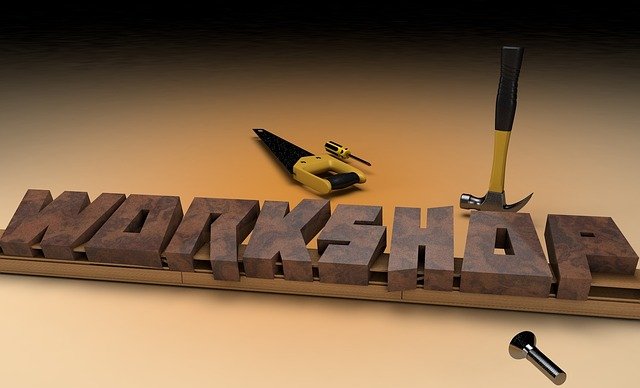DIY Guide: Wood Projects, Tools, Shelves, Furniture, Paint
Working on do-it-yourself projects can be rewarding and practical, especially when you focus on clear planning and steady technique. This article outlines core considerations for common DIY work — choosing the right wood, selecting and using tools, building a simple shelf, planning small furniture projects, and applying paint for a durable finish. Advice is aimed at hobbyists and beginners who want sensible steps, safety reminders, and durable results without overstating outcomes.

Wood: Which types and how to select them?
Selecting the right wood starts with matching the species and grade to the project’s purpose. Softwoods like pine are economical and easy to cut, making them suitable for prototype shelving and indoor furniture; hardwoods such as oak or maple offer greater strength and wear resistance for pieces expected to last longer. Consider dimensional stability (how much the board will expand or contract), visible grain for aesthetic pieces, and whether you’ll be painting or staining the surface. For painted projects, close-grain woods or MDF can reduce visible imperfections. Always inspect boards for warps, knots, and checks before purchase.
Tools: What basic tools should you own?
A modest toolkit covers most small DIY projects: a tape measure, combination square, handsaw or circular saw, drill/driver, set of clamps, chisels, random-orbit sander, and a hammer. Safety gear — eye protection, hearing protection, and dust masks — is equally important. Start with quality over quantity: a reliable cordless drill and a decent circular saw will expand your capabilities faster than many specialty items. Learn to maintain blades and bits (cleaning and sharpening) to improve cut quality. When a project requires specialized power tools or complex joinery, consider borrowing or using local services or workshops that provide access to equipment and guidance.
Shelf: How to build a simple, sturdy shelf?
A basic shelf project begins with a clear purpose and accurate measurements of the intended location. Choose 3/4” plywood or solid boards depending on load expectations. Cut back and side pieces to size, sand edges, and assemble with wood glue and screws into hidden pocket holes or face screws with plugs for a tidy appearance. Use at least two brackets for spans under 36 inches; longer spans may need center supports or thicker material to prevent sagging. Finish the surface with a primer and paint or with a clear sealer, depending on whether you want painted color or visible wood grain. Always level and anchor shelves into studs or use appropriate wall anchors for plaster/drywall.
Furniture: How to plan small furniture projects?
Good furniture starts with a scaled plan and realistic time estimates. Sketch the piece, note dimensions, and identify joints (butt joints with screws, pocket screws, dowels, or mortise-and-tenon). Simpler joinery can be reinforced with glue and mechanical fasteners for reliable strength in occasional-use furniture. Consider ergonomic dimensions (seat height, table clearance) and material thickness for load-bearing parts. Prototype critical components from scrap wood before committing to final materials. Label parts and pre-drill holes to avoid splitting. For heavy or complex pieces, evaluate whether you need help from a friend or a local services workshop to access larger tools or to assist with lifting and finishing.
Paint: When and how to finish wood projects?
Paint provides both protection and aesthetic change but requires proper preparation. Start by sanding to remove mill glaze and to smooth surfaces; finish with a tack cloth to clear dust. Apply a suitable primer for the substrate — stain-blocking primer for knotty woods, bonding primer for slick surfaces like MDF. Choose water-based acrylic or oil-based alkyd paints depending on desired sheen and durability; water-based dries faster and cleans up with soap and water, while oil-based tends to level more smoothly and may be more durable in high-use areas. Apply thin, even coats, sanding lightly between coats for the smoothest finish. Allow recommended drying times and ventilate the workspace when using solvent-based products.
Conclusion
Approaching DIY projects with planning and realistic expectations makes the difference between a temporary fix and a lasting piece. Focus on choosing appropriate wood, maintaining and learning to use basic tools, following straightforward construction steps for shelves and simple furniture, and preparing surfaces properly before painting. For tasks that exceed your equipment or experience, seek advice from local services or community workshops to keep projects safe and successful.






